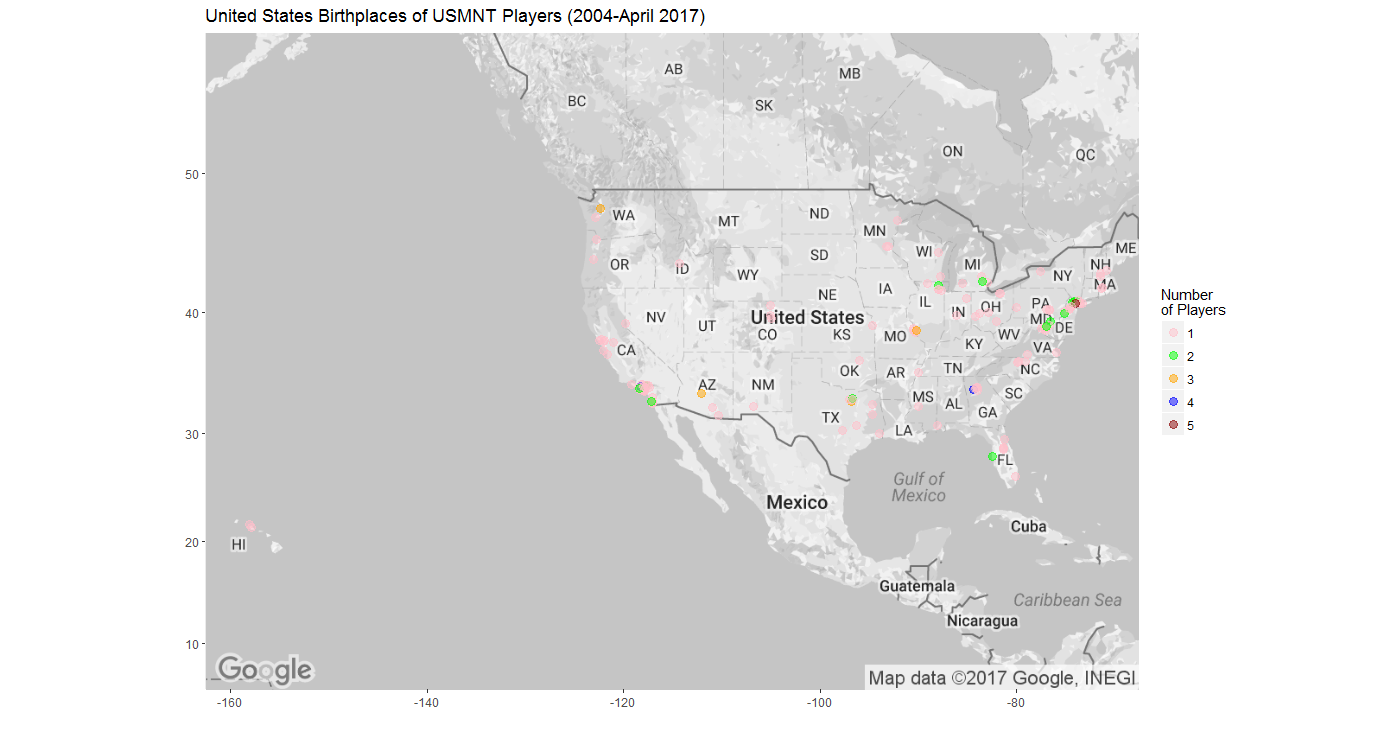Quick and Dirty: Average Speed of Every Indy 500 and Daytona 500 Winner (through April 2017)
After the Boston Marathon line plot, I thought I'd make another such figure using data from two 500 mile motor races on (roughly) oval tracks: the Indianapolis 500 and the Daytona 500. The first thing that I learned was that despite their names, they are not always 500 miles long. This meant that comparing the times of the winners of the two races each year would not be useful. I chose instead to compare races--both within each event and between the two events--on the basis of the average speed of the winners. I was interested to see how each race changed over time as well as how NASCAR compared to Indy car. I found this Wikipedia page with Daytona 500 results and this Wikipedia page with Indy 500 results and set about constructing the figure. I elected to use MPH rather than KPH because...'Merica!. After adding in some lines to mark the absence of races during the two World Wars, here is the result:
I was surprised to see how similar the average winning speeds have been between NASCAR and Indy car, at least for these two seemingly similar races. I naively assumed that the open-wheel cars covered in wings and presenting a smaller profile to the air would be faster than the larger, less exotic-looking although very powerful NASCAR machines. But NASCAR--at least at Daytona--has been right with the Indy cars at Indianapolis from the first Daytona 500. There has been a bit of separation between the two races in more recent years, but I must admit that I don't know what role weather and racing rules/safety changes might have played.
I suspect that the erratic courses of both lines are due primarily to weather and crash delays, which would vary from year to year in a way that the racing technology should not.
Of note, although both tracks are 2.5 miles long, they are not really the same shape. I do not know enough about racing to know what speed advantages or disadvantages the shape of the Daytona International Speedway--which has an outwardly bowed front straight and two sweeping turns at either end--has when compared to that of the Indianapolis Motor Speedway--which has two long straights, two short straights, and four corners.
Heck, let's control for the track by plotting the Indy 500 results and these Brickyard 400 results (NASCAR's event on the same IMS track). Here is that figure:
This is more like what I expected, so it would appear that the shape of the Daytona International Speedway does allow for greater speeds than that of the IMS. I find it interesting that the average winning speed trend of the Brickyard 400 roughly mirrors that of the Indy 500 for the same years, although I'm at a loss to explain why that might be.
 |
| (click to enlarge) |
I was surprised to see how similar the average winning speeds have been between NASCAR and Indy car, at least for these two seemingly similar races. I naively assumed that the open-wheel cars covered in wings and presenting a smaller profile to the air would be faster than the larger, less exotic-looking although very powerful NASCAR machines. But NASCAR--at least at Daytona--has been right with the Indy cars at Indianapolis from the first Daytona 500. There has been a bit of separation between the two races in more recent years, but I must admit that I don't know what role weather and racing rules/safety changes might have played.
I suspect that the erratic courses of both lines are due primarily to weather and crash delays, which would vary from year to year in a way that the racing technology should not.
Of note, although both tracks are 2.5 miles long, they are not really the same shape. I do not know enough about racing to know what speed advantages or disadvantages the shape of the Daytona International Speedway--which has an outwardly bowed front straight and two sweeping turns at either end--has when compared to that of the Indianapolis Motor Speedway--which has two long straights, two short straights, and four corners.
Heck, let's control for the track by plotting the Indy 500 results and these Brickyard 400 results (NASCAR's event on the same IMS track). Here is that figure:
 |
| (click to enlarge) |
This is more like what I expected, so it would appear that the shape of the Daytona International Speedway does allow for greater speeds than that of the IMS. I find it interesting that the average winning speed trend of the Brickyard 400 roughly mirrors that of the Indy 500 for the same years, although I'm at a loss to explain why that might be.


Comments
Post a Comment